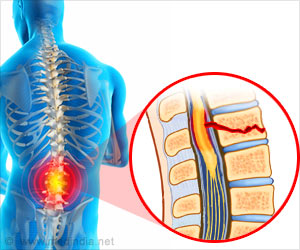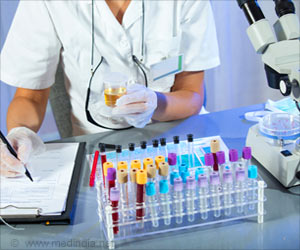AI-driven smart drying systems combine RGB, NIR, and NIR-HSI sensors to revolutionize food processing with real-time precision and unparalleled quality control.

- RGB imaging with computer vision, near-infrared (NIR) spectroscopy, and near-infrared hyperspectral imaging (NIR-HSI) enable precision monitoring for smarter food drying processes
- NIR-HSI provides 3D insights but requires high computational power and costs significantly more
- AI integration with sensors transforms food drying, allowing real-time quality control and efficiency
Near-infrared hyperspectral imaging (NIR-HSI) can analyze not just moisture but the entire drying process in 3D! Precision drying is the future! #fooddrying #ai #foodtech #medindia’
Advanced Optical Sensing Systems and Drying Technologies for Smarter Food Processing
In the report, the researchers examine academic literature on several types of equipment that use precise approaches to improve smart drying capabilities in the food business.They examine three optical sensing systems: RGB imaging with computer vision, near-infrared (NIR) spectroscopy, and near-infrared hyperspectral imaging (NIR-HSI), addressing their mechanics, uses, advantages, and limits. They also give an overview of common industrial drying technologies, including freeze drying, spray drying, microwave drying, and hot-air oven drying, which can be paired with precision monitoring techniques.
"You can use any of the three sensors individually or in combination. "What you choose will depend on the specific drying system, your needs, and cost-effectiveness," said lead author Marcus Vinicius da Silva Ferreira, a postdoctoral fellow at ABE.
Drying Sensors: RGB for Surface Insights, NIR for Moisture Detection, NIR-HSI for Comprehensive Analysis
RGB with computer vision use a standard camera that records visible light using the RGB color spectrum. It can provide surface-level information such as size, shape, color, and flaws, but it cannot measure moisture content.NIR spectroscopy employs near-infrared light to detect the absorption of various wavelengths, which can be linked to specific chemical and physical product features, as well as interior qualities like moisture content. However, NIR scans a single location at a time.
According to Kamruzzaman, this can initially work for a single product, such as an apple slice.
"However, as the drying process progresses, the material shrinks and becomes heterogeneous due to cracking and bending." "If you use NIR at that stage and only scan a single point, you cannot measure the drying rate," he stated.
NIR-HSI is the most complete of the three approaches. It scans the entire surface of the product, providing far more exact information on the drying rate and other properties than NIR alone, as it extracts three-dimensional spatial and spectral information. However, NIR-HSI is significantly more expensive than the other two sensors. The equipment costs 10 to 20 times more than NIR sensors and 100 times more than RGB cameras. Additionally, the maintenance and computing requirements for HSI are significantly higher, consequently increasing the cost.
Harnessing AI and Advanced Sensors for Real-Time Food Drying Innovations
To process the information, all three approaches must be coupled with AI and machine learning, and the models must be tailored to the individual application. Again, due to the vast amount of data collected, HSI requires more computational power than the other two methods.The team also created their own drying machine to evaluate different approaches. They developed a convection heat oven and evaluated the methods for drying apple slices. They first coupled the system with RGB and NIR, and then tested the NIR-HSI system, the results of which they intend to discuss in a forthcoming publication.
For real-time monitoring, the confluence of RGB imaging, NIR spectroscopic sensors, and NIR-HSI with AI provides a transformative future for food drying. Integrating these technologies overcomes traditional drying process monitoring limits and accelerates real-time monitoring capabilities," the authors said in their article.
Future development of portable, hand-held NIR-HSI sensors will allow for continuous monitoring of drying systems, allowing real-time quality control in a range of operational settings, they stated.
References:
- AI-Enabled Optical Sensing for Smart and Precision Food Drying: Techniques, Applications and Future Directions (da Silva Ferreira, M.V., Ahmed, M.W., Oliveira, M. et al. AI-Enabled Optical Sensing for Smart and Precision Food Drying: Techniques, Applications and Future Directions. Food Eng Rev (2024). https://doi.org/10.1007/s12393-024-09388-0)
Source-Medindia















